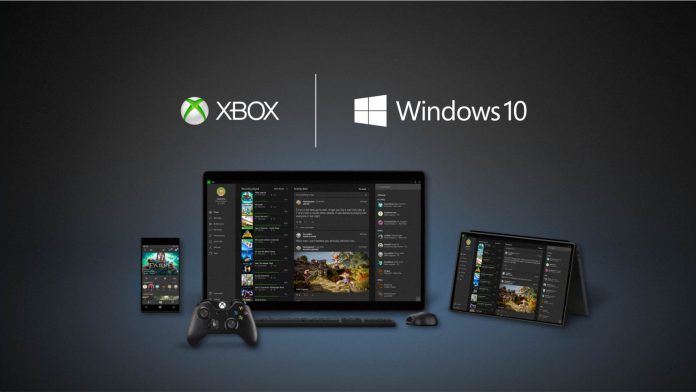As was widely expected, Game Mode is something of a tuning feature for system resources. It tweaks the resources to dedicate more game-specific power to the CPU and GPU. At the Game Developers Conference last week, Microsoft confirmed the feature will allocate several CPU cores to game rendering. In doing so, other tasks are pushed to the background. For example, a system with six cores would use four cores for dedicated gaming, with the remaining cores taking care of other tasks. In terms of GPU performance, Game Mode does the same and pushes background tasks to the back of the line. Of course, GPU’s are already dedicated to gaming, at least on a gaming rig. Game Mode will retain game data in local RAM so it can be accessed more quickly. By doing this, performance will be enhanced, particularly on lower spec’d machines. Interestingly, Insiders are reporting improvements of between 2 and 5%, which is not a lot. Perhaps Microsoft is still tweaking the feature ahead of full launch. Microsoft’s Eric Walston, from the Xbox Advanced Technology Group, said at GDC that the company wants to bring PC and console gaming together. Naturally, in context he specifically means to bring Xbox One and Windows 10 gaming closer. Speaking to Ars Technica, Walston said “When we add new features to Windows, they transfer to Xbox. … [In 2017], the line between console and PC is continuing to blur … The line dividing Windows and Xbox continues to become more of a gradient of features and functionality.” Microsoft is clearly intent on bridging Xbox One (and eventually Project Scorpio) and Windows 10. It’s an interesting ambition considering there has never been a great desire for each camp to shift preference.
Do PC Gamers Need Xbox?
While it makes sense for hardcore gamers to have both PC and console options, there are typically two differing sides. Consoles typically target consumers, and PC gaming is for those who are multiple-hours-per-day players. Of course, there are nuances to that generalization, but PC gamers particularly can look down on console gaming with disdain. I, and probably many PC gaming fans, will doubt Walston’s claim that the gap between consoles and PC is blurring. It’s probably an argument for another day, but while Microsoft is only now embracing 4K technology with Project Scorpio, PC gamers have been 4K gaming for years. Indeed, PC is moving through the next resolution barrier with 8K gaming. One question Microsoft may need to answer is why do PC gamers need anything from Xbox? Due to the Universal Windows Platform (UWP), both share the same operating system, including apps. Before the full implications of Game Mode and Xbox Play Anywhere are known, there is only one compelling reason for this “blur” in platforms. That reason is Xbox Play Anywhere. The idea has huge potential and could be good news for gamers, even if it has obvious flaws. Firstly, let’s discuss the positives. With Xbox Play Anywhere, gamers can by a single copy of a title and play it on both Xbox One and Windows 10 PC. This means games are shared across the platforms. Achievements, scores, game progression, and other aspects are shared across PC and console. It is good news as it obviously saves the cost of buying two versions of the same game. Microsoft has already said it plans for most its own titles to be Xbox Play Anywhere compatible. However, that does not address third party developers. There is no requirement (and nor should there be) for developers to build games that support Xbox Play Anywhere. Microsoft must convince publishers that losing the revenue stream of selling the same game across two platforms may have benefits.




